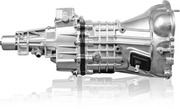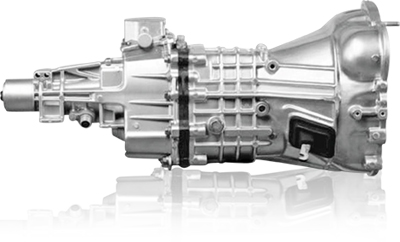The primary purpose of the commercial vehicle is to get some profit out of the service of the vehicle. Due to this reason, consumption of less amount of fuel without any damage in the parts of the car is necessary. In this matter, transmission for the commercial vehicle plays a vital role. Why? The reason is there are two kinds of communications in any carriage:
Manual
Automatic
Why Use Manual Transmission?
The manual one is required to control the gear and shaft manually, as per the wise of the driver. Light loaded private carriages with passengers use this kind of transformation in the gear changes. In the matter of commercial carriages, as most of the time, they are filled with heavy loads either by passengers or by goods, it's better to avoid the manual transformation in the motion, speed and in taking up the direction.
A Few Facts about Automatic Transmission
The automatic procedure ensures the gearing up the speed and motion automatically and intends to stick with a particular rate of speed while carrying heavy loads inside the carriage. Quite naturally, the carriages, which carry heavy loads, start to derive much strength to head forward or to have a reverse. In this situation, if the automatic procedure is selected, then it sets an average speed and power in the motion of the carriage and makes the drive safer and easier.
Why Manual Procedure to be Avoided in Commercial Vehicle?
It is already discussed that the main purpose of the commercial carriages is to gain the profit out of the drive without having any damage in the parts or fuel consumption. In the manual procedure, the engine intends to consume more fuel because it keeps on changing the gear as well as the strength and speed. This ever-changing method needs more power, and it is derived naturally from the fuel.
On the other hand, the automatic procedure sets a particular motion and speed, which ensures an appropriate amount of fuel consumption. It saves more fuel consumption than the manual one. Therefore, the automatic procedure is the best transmission for the commercial vehicle.

